Train drivers worry that a gradual lowering of rail’s dependability reflects managed decline of the infrastructure. ASLEF General Secretary Mick Whelan sets out his concerns to PAUL CLIFTON
I believe that not investing in the infrastructure costs more in the long term and leaves us less able to react to circumstances.
Train drivers worry that a gradual lowering of rail’s dependability reflects managed decline of the infrastructure. ASLEF General Secretary Mick Whelan sets out his concerns to PAUL CLIFTON
I believe that not investing in the infrastructure costs more in the long term and leaves us less able to react to circumstances.
I believe we are in managed decline. We used to hear random concerns about bits of the railway not being maintained.
Now they are not random - they are getting more prevalent.
Understand it from a driver’s perspective. When you drive something weighing 100 tonnes at more than 100mph, you press that little handle in the right place because of your knowledge.
You believe the infrastructure and the signalling will be robust enough for you to stop safely.
When drivers start worrying about that infrastructure, they start losing confidence. That causes problems for us all.
Many of the recommendations coming out of the Carmont crash have been implemented, which is positive.
Climate change seems to be impacting our ecosystems.
But now we get better information quicker, so if there is something we can’t legislate for that will make the railway unsafe, we can make better decisions.
 Mick Whelan asks readers to think of the driver’s perspective. A ScotRail driver escaped injury on December 27, when his Inter7City train struck a fallen tree across the track at Broughty Ferry, south of Dundee. But the front end of power car 43129 was significantly damaged. PAUL MCSWEENEY MSP/ASLEF
Mick Whelan asks readers to think of the driver’s perspective. A ScotRail driver escaped injury on December 27, when his Inter7City train struck a fallen tree across the track at Broughty Ferry, south of Dundee. But the front end of power car 43129 was significantly damaged. PAUL MCSWEENEY MSP/ASLEF
In fact, most of the disruption recently has been about flooding - something that would have closed the railway in any era.
What we don’t have is the ability to recover which we had in the past.
We are laying off people who clean the ballast, people who replace rails. There are 497 of those operators. They’re getting rid of 297, because apparently there isn’t the demand for them. That doesn’t inspire confidence in the level of infrastructure maintenance, and our ability not to be impacted by wet weather events.
We have a railway running with a warning light on.
You’ve seen that on the Western. We have asked Network Rail’s Western Region for an urgent meeting.
It was bad enough when we had four cracked rails in a month last year, and now we are getting more. But we are getting the warning lights across the whole network, such as foliage not being managed.
We are coming towards the view that the railway is less dependable. The evidence is there: the number of issues we have is increasing.
If we believe something is not safe, if the industry does not step in, then we will have to.
We will have to tell people not to do stuff or tell them to drive slower.
Drivers are less comfortable than they were before.
Their concerns are not yet at a level where we feel we have to do anything dramatic. But when people lose confidence, they pass that on.
We have a problem that is building.
We need reassurance from the people we work for, and from Network Rail, that they will do the right thing. It’s reasonable to expect that when a driver goes out to work, the driver will come home again safely.
We are coming towards the view that the railway is less dependable. The evidence is there: the number of issues we have is increasing.
Login to continue reading
Or register with RAIL to keep up-to-date with the latest news, insight and opinion.


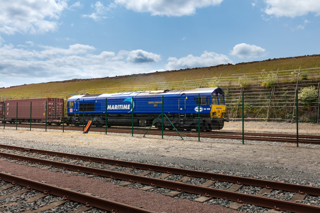
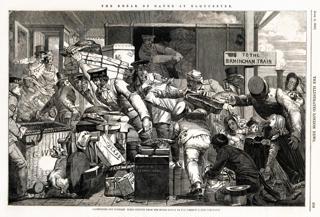
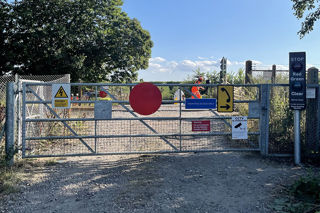
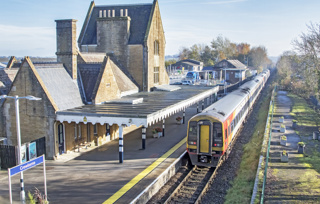
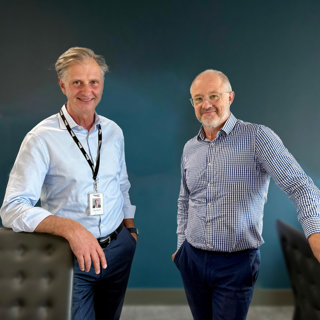

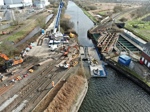







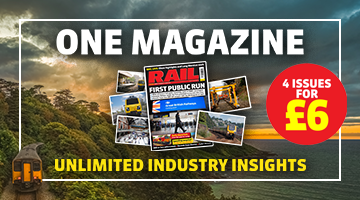

Login to comment
Comments
No comments have been made yet.